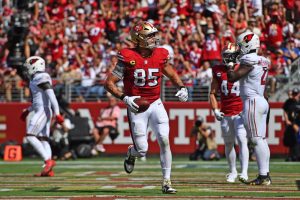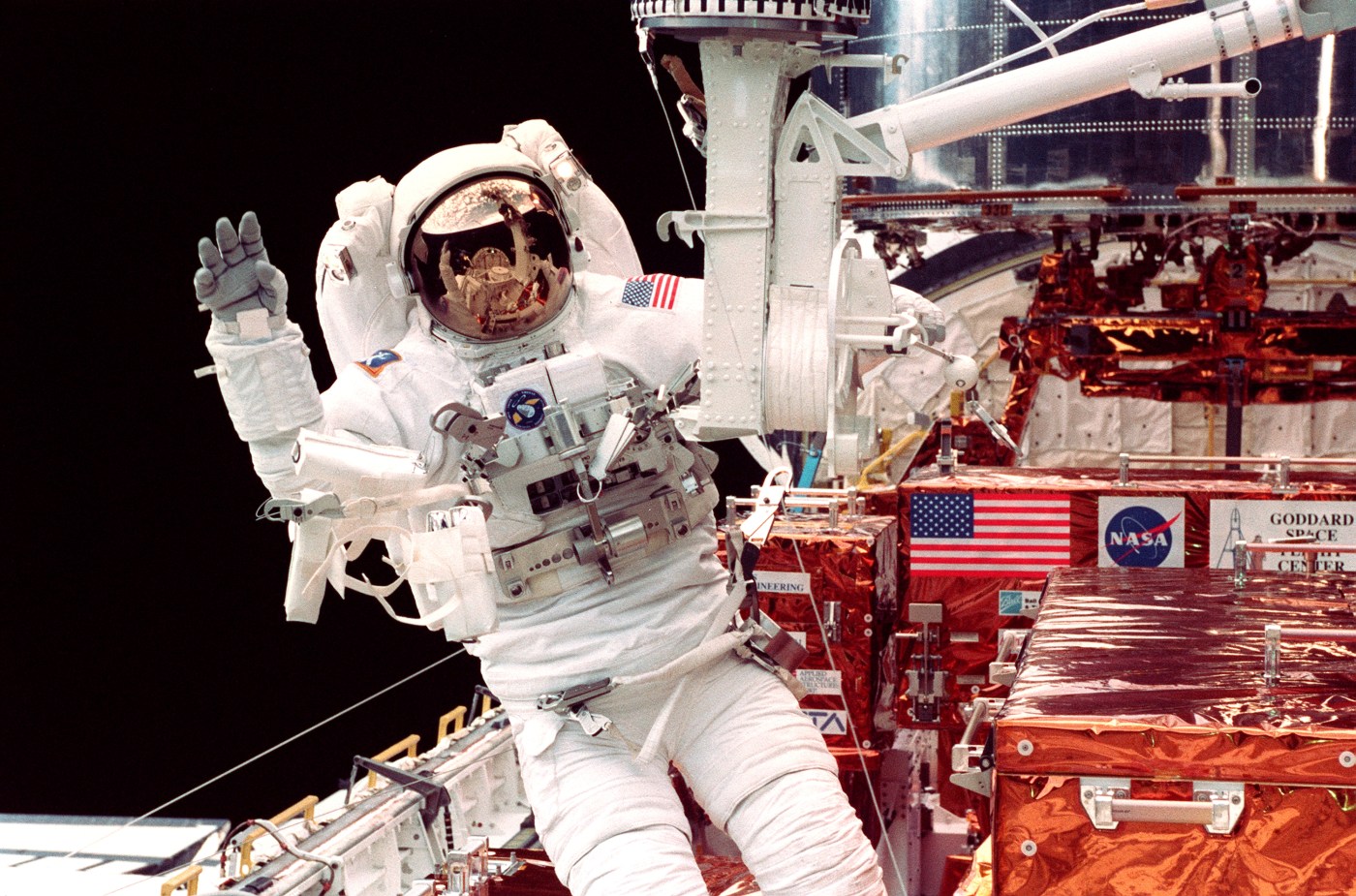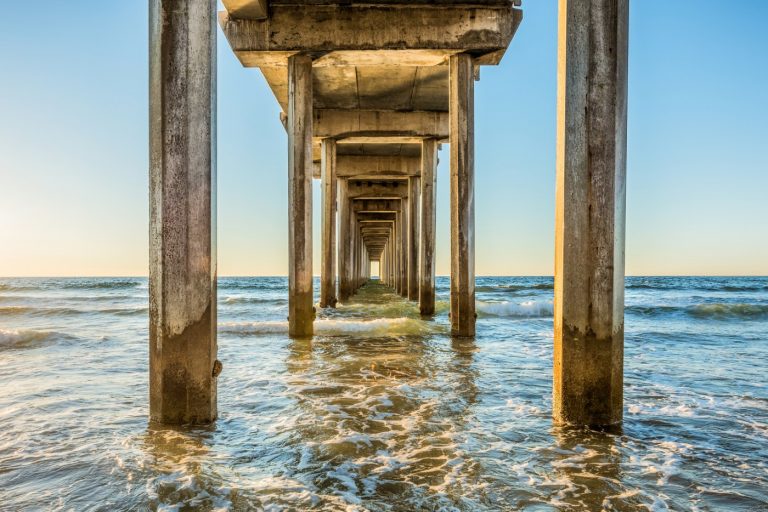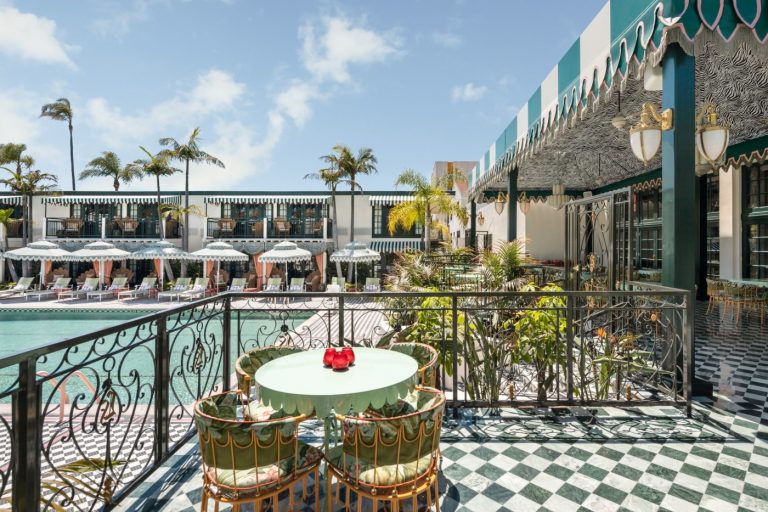Many kids dream of becoming an astronaut. San Jose’s Steve Smith remembers scrawling his space exploration fantasies in crayon, too — but his dreams came true. Smith flew four space missions, traveled 16 million miles and spent nearly 50 hours out on spacewalks. Today, he’s an inspirational public speaker, telling stories of chasing that dream, his life in space and his years as a diplomat to support work on the International Space Station.
An athlete and an engineer, Smith has a background that includes undergrad and master’s degrees from Stanford in electrical engineering and an MBA. He worked for a few years at IBM, before leaving the Bay Area in 1989 to work as a payload officer for NASA in Houston. After being rejected four times for the Astronaut Corps, he was finally selected in 1992. He went on to become one of the Americans who has spent the most time “walking” – as much the word applies off Earth – in space, an experience he says is akin to scuba diving.
Former astronaut Steve Smith flew four NASA space missions before becoming a diplomat to support work on the International Space Station. (NASA)
It all sounds glamorous from the vantage point of someone safely on Earth. But much of his work as an astronaut, Smith says, involved working to keep himself and his colleagues alive in an extremely dangerous place. The launch, the flight, the zero-Gs are certainly challenging, but heading out on a spacewalk poses major difficulties. He wore a specialized suit prepared to handle temperature swings of 400 degrees every 45 minutes and potential impacts from rocks, pellets and other debris.
“It’s a pretty dangerous business,” he says, “but in the end, we do it to make people’s lives better.”
As any fan of “For All Mankind” knows, the rapidly changing technology and challenges of space travel led to major technological advances for the Earthbound, too. “Probably the biggest gain from the space programs in all of history is the miniaturization of electronics,” Smith says, “which is, of course, the basis of our entire global economies now.”
There are perks for the astronauts, too. Not having to work in an office, getting to see the planet from far away, all while working to make life on Earth better, he says, made it a “fantastic dream job.” It also had a profound impact on how he saw the world.
“Seeing Earth from space changes your perspective on life,” he says. “It does look like a really fragile island in this vast ocean, and you can’t see the borders between the countries.”
After returning from space, Smith worked as a diplomat, representing NASA as a liaison for the International Space Station program. For a dozen years, he lived in Europe, working with the European Space Agency and Roscosmos, Russia’s space agency, and helping to coordinate how astronauts from different countries worked together on the space station.
Today, he explains, there’s a renewed interest in space exploration, one that’s being called Space 2.0 and is driven by the entry of private business into an industry that, until a decade or so ago, was primarily the domain of governments.
“In the last 10 years, tens of billions of private dollars have been invested (in the commercial space sector), and that’s because there are business cases for dozens and dozens – and dozens – of products,” he says.
Meanwhile, the research going on in Space 2.0 has real world applications. Take recycled water systems, for example, being designed for long-distance space travel, since it’s expected to take about nine months to travel to Mars. Currently, about 95% of the water on the International Space Station is recycled.
“That technology can be used in the Bay Area when we have a drought,” he says. “If we can somehow figure out how to recycle water more efficiently on Earth because of what we’re doing in space, that’s great.”
He’s also excited to see how research and manufacturing in space can be applied in ways that can’t be done on Earth’s surface, since space provides a unique setting with different gravity conditions. Outside Earth’s gravitational pull, drugs might be able to form different shapes beyond gravity-driven crystal structures, which could potentially facilitate pharmacological discoveries, he says.
“Perhaps there will be drug discoveries and maybe even drug manufacturing in space 30 years from now that will resolve some of the major medical challenges we have,” he says. “That is the single use case that I’m most excited about.”
Meanwhile, he adds, his time in space continues to guide how he spends his time on Earth. “Going into space really makes you realize we’re one global community,” he says. “It makes you more tolerant, makes you more interested in peace. It has guided how I spend my free time and what initiatives I’m interested in.”











+ There are no comments
Add yours